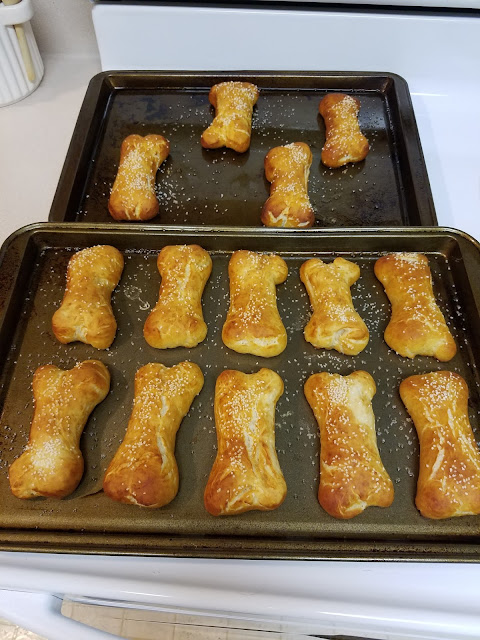The Calabar position regarding twins may seem backward; however, it is not unique. Indeed, there is a universal dread of twin births among multiple cultures throughout the world. From tribal societies in Africa, Australia, and East India to aboriginal populations in Europe and North and South America, numerous people perceive the birth of twins as a harbinger of malice and misfortune. Although the rationale behind these cultural fears differ, there is one common theme: infidelity. The Tiwi of Australia, for example, believe that a woman becomes pregnant when a man delivers a pitapitui into her body. Since a man can only produce one pitapitui at a time, the birth of twins serves (erroneously) to prove that a woman has bedded more than one man. In some societies, the assumed adultery is taken at face value and the women is (again, erroneously) punished for her transgressions. In most of these aboriginal communities, though, this inferred infidelity holds a far more sinister connotation. Not only has the woman strayed from her marriage and slept with another man, but this extramarital partner is the tribal approximation of the Devil. Hence, the woman, either knowingly or unknowingly, has allowed herself to become bewitched and impregnated by evil forces, resulting in, as scholar Nancy Caldwell Sorel emphasizes, "a crime guaranteed to call down the vengeance of the gods, who could only be appeased by the death of at least one twin, often both, and frequently the offending mother as well."
Works Referenced
Caldwell Sorel, Nancy. Ever Since Eve: Personal Reflections on Childbirth. Oxford: Oxford University Press, 1984.
Kingsley, Mary. Travels in West Africa. London: Macmillan and Company, 1897.










